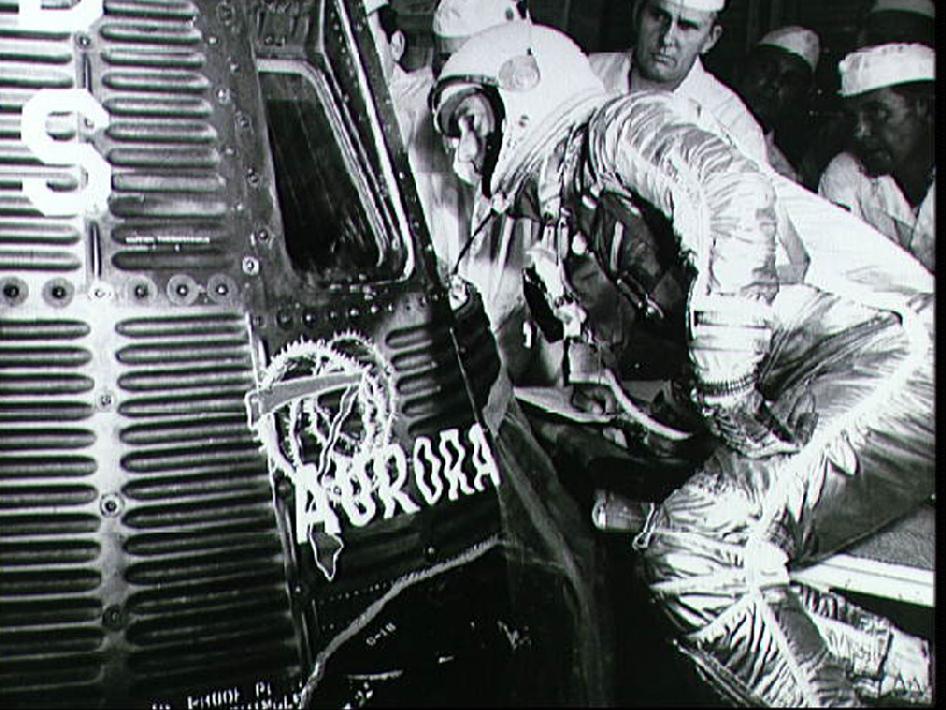On May 24, 1962, Scott Carpenter piled into his Aurora 7 spacecraft, which he subsequently piloted through three orbits of the Earth. He became the second American to reach orbit, the fourth in space. His flight lasted nearly five hours and reach an altitude of 264 km. Due to a malfunctioning pitch horizon scanner, Carpenter exercised more manual control over his flight and reentry than prior astronauts.
Carpenter is one of only two living members of the original seven Mercury astronauts, along with John Glenn. Carpenter never flew again, resigning from NASA in 1967 after an arm injury left him ineligible for the astronaut corps. He subsequently worked on the US Navy’s SEALAB project before founding his own corporation for oceanic research.


















































































































![A trajectory analysis that used a computational fluid dynamics approach to determine the likely position and velocity histories of the foam (Credits: NASA Ref [1] p61).](http://www.spacesafetymagazine.com/wp-content/uploads/2014/05/fluid-dynamics-trajectory-analysis-50x50.jpg)



Leave a Reply